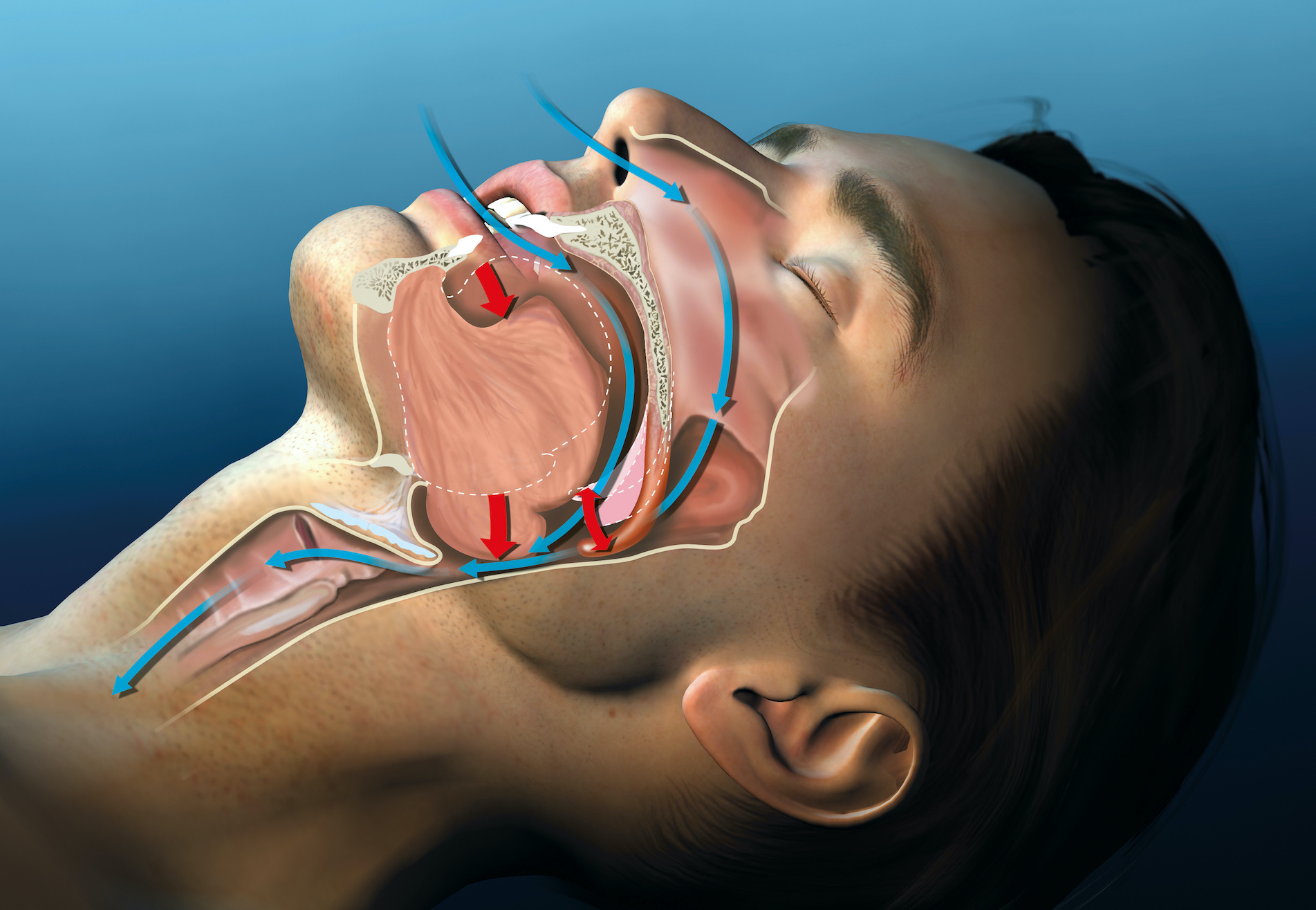Wisdom teeth, also known as third molars, are the last set of molars located at the back of the mouth. These teeth typically emerge in late adolescence or early adulthood, often causing discomfort and pain. Wisdom tooth pain can be a common dental issue, and many individuals seek immediate relief to alleviate their suffering. In such situations, a visit to a walk-in dentist becomes crucial.
In this comprehensive guide, we will explore the causes of wisdom tooth pain, symptoms to look out for, and various home remedies for wisdom tooth pain relief. We will also discuss the importance of seeking a walk-in dentist for professional treatment when necessary.
Understanding Wisdom Tooth Pain
Wisdom tooth pain is primarily caused by the eruption of these third molars. Since these teeth are the last to emerge, there is often insufficient space in the mouth for them to grow properly. This lack of space can lead to various dental problems, resulting in pain and discomfort.
Common Reasons For Wisdom Tooth Pain Include:
- Impaction: One of the most frequent causes of wisdom tooth pain is impaction. Wisdom teeth may become impacted, meaning they cannot fully erupt through the gum line. This can result in pain, swelling, and even infection.
- Crowding: Wisdom teeth can lead to crowding of the other teeth in the mouth, causing pain and misalignment issues.
- Infection: When wisdom teeth partially erupt, a flap of gum tissue can form over the tooth, creating a pocket where bacteria can accumulate. This can lead to infection, resulting in pain, swelling, and even fever.
Recognizing The Symptoms
It’s essential to recognize the symptoms of wisdom tooth pain to address the issue promptly. Common symptoms include:
- Pain: Dull, aching pain in the back of the mouth is a typical symptom of wisdom tooth issues.
- Swelling: Swelling around the jawline and in the cheek area is often associated with wisdom tooth pain.
- Difficulty Opening Mouth: Some individuals experience difficulty opening their mouth fully due to pain and swelling.
- Bad Breath: An unpleasant taste in the mouth or persistent bad breath can be a sign of infection around a wisdom tooth.
- Gum Sensitivity: Swollen, red, or bleeding gums around the wisdom tooth can indicate a problem.
Home Remedies For Wisdom Tooth Pain Relief
While it’s essential to consult a dentist for wisdom tooth pain, there are several home remedies that can provide temporary relief. These remedies can help alleviate pain and discomfort until you can schedule a dental appointment:
- Saltwater Rinse: Gargling with warm saltwater can help reduce inflammation and kill bacteria in the affected area. Mix half a teaspoon of salt in a glass of warm water and rinse your mouth several times a day.
- Over-the-Counter Pain Relievers: Non-prescription pain relievers like ibuprofen or acetaminophen can help reduce pain and inflammation. Follow the recommended dosage on the label.
- Cold Compress: Applying a cold compress to the outside of your cheek can reduce swelling and numb the area. Be sure to wrap the ice pack in a cloth to avoid direct contact with the skin.
- Clove Oil: Clove oil has natural analgesic properties and can provide temporary relief. Apply a small amount to a cotton ball and place it on the affected area.
- Peppermint Tea Bag: Chilled peppermint tea bags can help numb the area and reduce pain. Apply a cold, used tea bag to the affected area for a few minutes.
- Maintain Good Oral Hygiene: Proper oral hygiene is essential to prevent infection. Continue brushing and flossing your teeth, being careful around the affected area.
These home remedies can be effective in managing wisdom tooth pain temporarily, but they do not address the underlying dental issues. It’s crucial to seek professional dental care for a long-term solution.
The Role Of A Walk-In Dentist
When home remedies are not sufficient to manage your wisdom tooth pain, or if you experience severe symptoms, it’s time to consult a dentist. Walk-in dentists are a convenient and accessible option, ensuring that you receive timely treatment for your dental concerns.
Here are some reasons why you should consider visiting a walk-in dentist for wisdom tooth pain relief:
- Timely Assessment: Walk-in dentists provide immediate assessments of your dental condition. This quick evaluation helps determine the severity of the issue and the appropriate course of action.
- X-rays and Diagnosis: Dentists can use X-rays to accurately diagnose the position and condition of your wisdom teeth. This information is crucial for planning treatment.
- Treatment Options: Depending on the diagnosis, a walk-in dentist will present you with various treatment options. This may include wisdom tooth extraction, which is a common solution for impacted or painful wisdom teeth.
- Local Anesthesia: Dentists can administer local anesthesia to ensure that the extraction or procedure is pain-free and comfortable for the patient.
- Preventing Complications: Seeking professional treatment from a walk-in dentist can prevent potential complications such as infection, abscesses, or damage to neighboring teeth.
- Post-Operative Care: After the procedure, dentists provide guidance on post-operative care to ensure a smooth and speedy recovery.
Wisdom Tooth Extraction
In many cases, the recommended treatment for wisdom tooth pain relief is extraction. Wisdom tooth extraction is a routine dental procedure that involves removing one or more problematic wisdom teeth. Here’s what you can expect from the process:
- Consultation: Your walk-in dentist will conduct a thorough consultation, including X-rays, to determine the best approach for your extraction.
- Local Anesthesia: Local anesthesia is administered to numb the area where the tooth will be removed, ensuring you won’t feel pain during the procedure.
- Extraction: The dentist will carefully remove the wisdom tooth, ensuring minimal disruption to the surrounding tissues.
- Sutures: In some cases, sutures may be needed to close the extraction site. These may be dissolvable or require removal during a follow-up appointment.
- Recovery: You will be given instructions on post-operative care, including managing any discomfort, swelling, and dietary restrictions.
- Follow-Up: A follow-up appointment will be scheduled to monitor your healing progress and remove any sutures if necessary.
Preventing Wisdom Tooth Pain
Prevention is always better than cure. While not all cases of wisdom tooth pain can be avoided, there are measures you can take to minimize your risk:
- Regular Dental Check-ups: Schedule regular dental check-ups to monitor the development of your wisdom teeth and address any issues early.
- X-rays: Consider having regular dental X-rays to keep track of the position and growth of your wisdom teeth.
- Good Oral Hygiene: Maintain excellent oral hygiene by brushing, flossing, and using an antiseptic mouthwash regularly.
- Consult a Dentist: If you experience any symptoms of wisdom tooth pain, consult a dentist promptly. Early intervention can prevent the issue from worsening.
Conclusion
Wisdom tooth pain can be a distressing experience, but timely and appropriate treatment can provide much-needed relief. While home remedies can help manage the pain temporarily, a visit to a walk-in dentist is often necessary for a long-term solution. By seeking professional care, you can address the underlying issues causing the pain, prevent complications, and ensure your oral health remains in excellent condition. Don’t hesitate to consult a walk-in dentist when you’re suffering from wisdom tooth pain – your dental health is worth the investment in your well-being.





